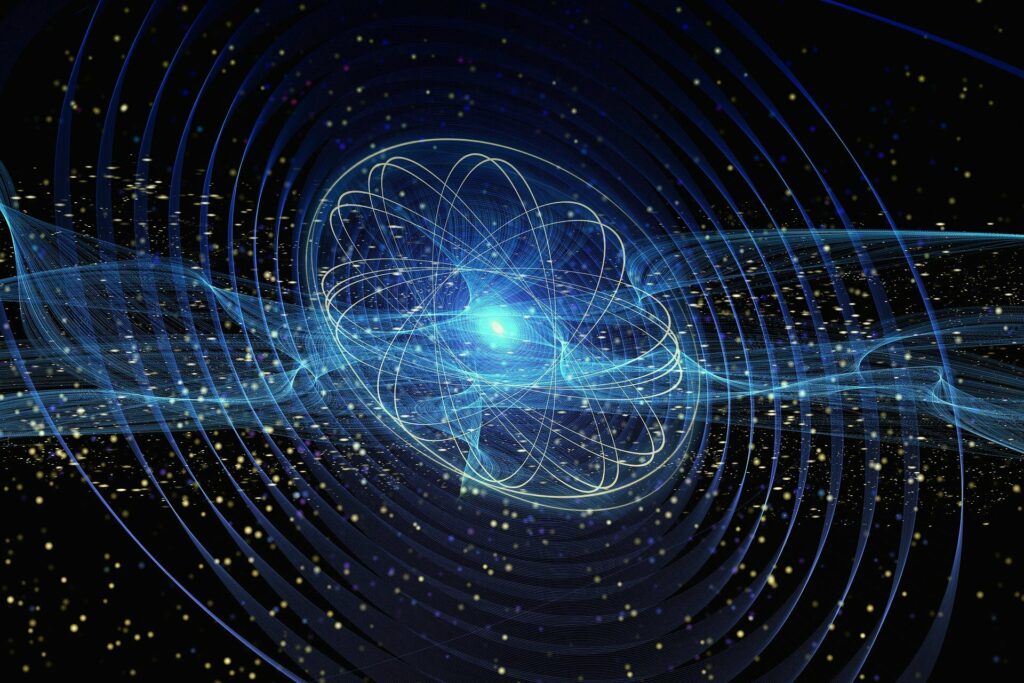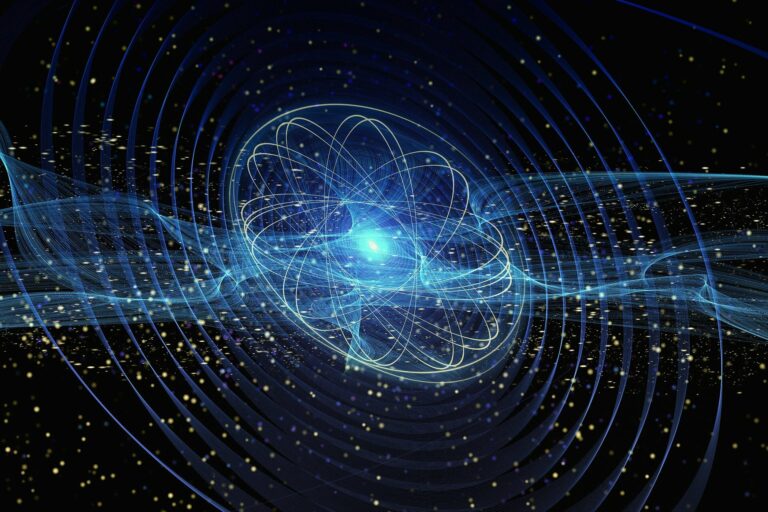A Qubit with Integrated Error Correction at the Physical Level
Significant advancements have been made in the field of quantum computing. Major global players like Google and IBM have already started offering cloud-based quantum computing services. However, quantum computers are currently unable to address the challenges that arise when traditional computers reach their capacity limits due to the insufficient availability of qubits, which are the fundamental units of quantum information.
One of the reasons for this limitation is that raw qubits cannot be directly utilized to execute a quantum algorithm. Unlike the binary bits used in conventional computers, which store information as fixed values of either 0 or 1, qubits can simultaneously represent both 0 and 1, introducing probability into the equation. This phenomenon is known as quantum superposition.
As a result, qubits are highly susceptible to external influences, making them prone to information loss. To ensure reliable results from quantum computers, it is necessary to create genuine entanglement by connecting multiple physical qubits to form a logical qubit. If one of these physical qubits fails, the other qubits will still retain the information. However, the main challenge in developing functional quantum computers lies in the significant number of physical qubits required.

Advantages of a photon-based approach
Various approaches are being utilized to make quantum computing feasible. Currently, major corporations rely on superconducting solid-state systems, which have the drawback of only functioning at extremely low temperatures near absolute zero. Conversely, photonic concepts operate at room temperature.
In this context, physical qubits are typically represented by single photons. These photons, which can be considered as minuscule particles of light, inherently offer faster operation compared to solid-state qubits. However, they are also more prone to being lost. To mitigate qubit losses and other errors, it is necessary to combine multiple single-photon light pulses to form a logical qubit, similar to the approach used in superconductor-based systems.
A qubit with the inherent capacity for error correction
A new method of constructing a photonic quantum computer has been demonstrated by researchers from the University of Tokyo, Johannes Gutenberg University Mainz in Germany, and Palacký University Olomouc in the Czech Republic. Instead of using a single photon, the team utilized a laser-generated light pulse consisting of multiple photons. The findings of this research have been published in the journal Science.
According to Professor Peter van Loock from Mainz University, “Our laser pulse was converted into a quantum optical state that possesses the ability to correct errors. Despite the system being composed solely of a laser pulse and therefore being very small, it has the potential to eliminate errors immediately.” This means that there is no longer a requirement to generate individual photons as qubits through multiple light pulses and then have them interact as logical qubits.
Van Loock further explained, “We only need a single light pulse to obtain a reliable logical qubit. In other words, a physical qubit is already equivalent to a logical qubit in this system, which is an extraordinary and distinctive concept.” However, the quality of the logical qubit produced in the experimental setting at the University of Tokyo did not yet meet the necessary level of error tolerance. Nevertheless, the researchers have successfully demonstrated the possibility of transforming non-universally correctable qubits into correctable qubits using cutting-edge quantum optical methods.
This article is republished from PhysORG under a Creative Commons license. Read the original article.
Do not forget to share your opinion with us to provide you with the best posts !





0 Comments